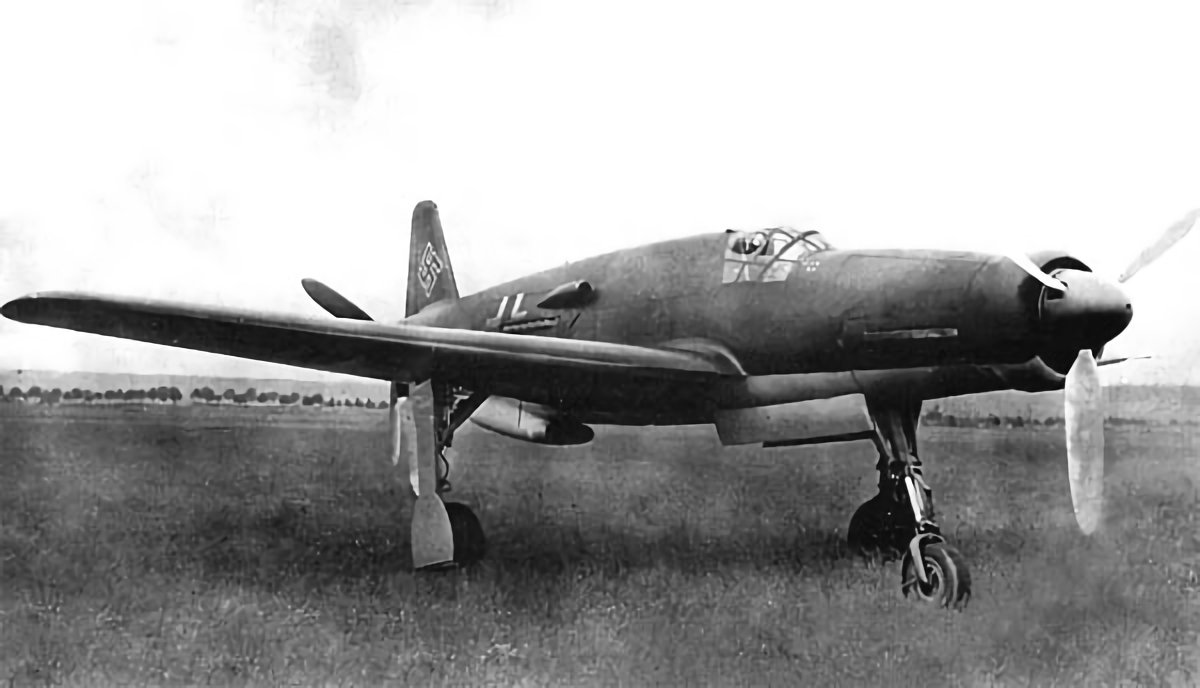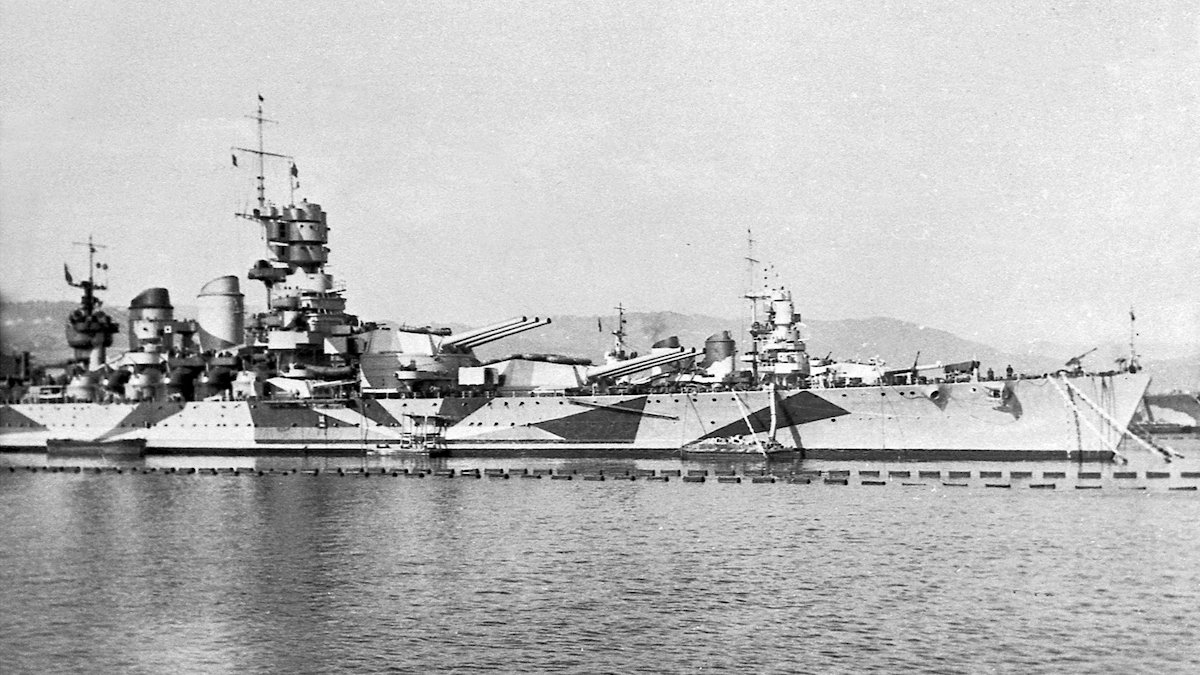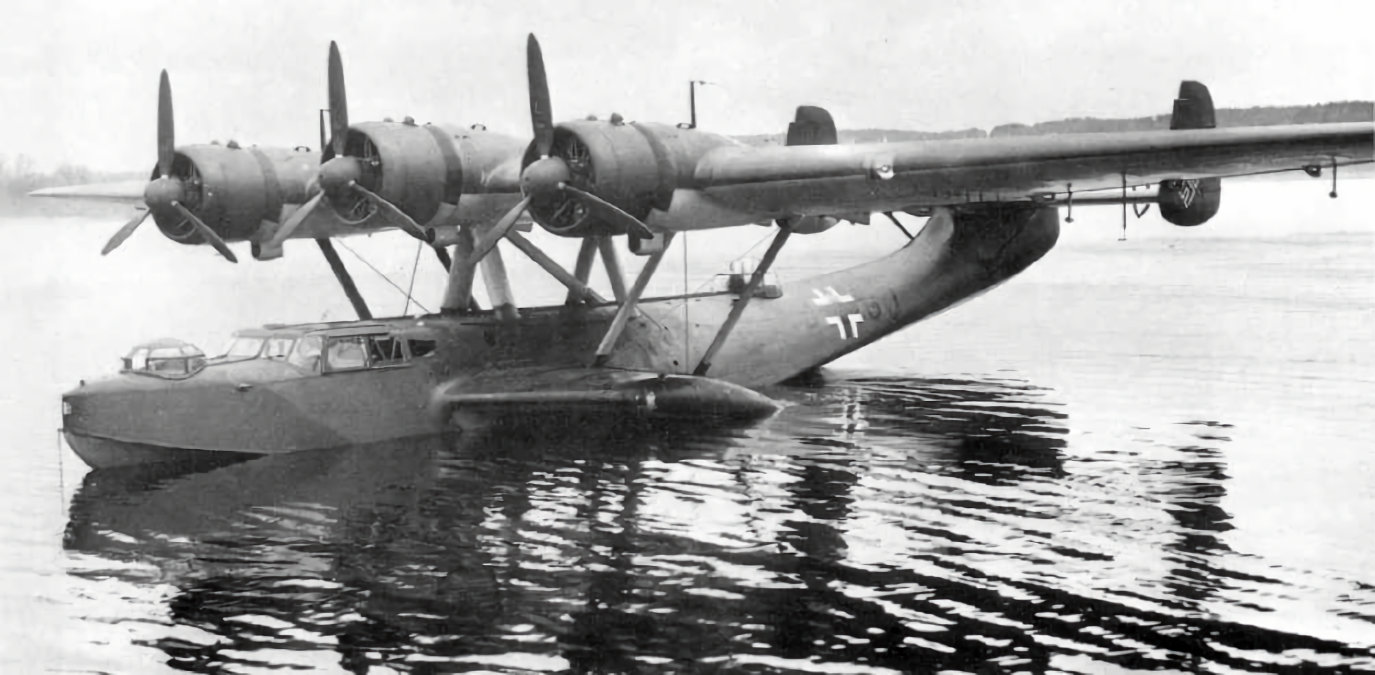Tag: World War Two
-
Dornier Do 335 in German Service

Dornier Do 335 in German Service The Dornier Do 335 was a twin-engined fighter designed for the German Luftwaffe during the closing stages of the Second World War. The engines were arranged in a push-pull configuration, which produced a very fast aircraft. Overheating was a constant threat from the rear engine, a problem that continued… Read more
-
Italian Battleship Vittorio Veneto

Italian Battleship Vittorio Veneto Launched on 25 July 1937, Vittorio Veneto was the second of the Littorio-class battleships built for the Italian Regia Marina. Commissioned on 28 April 1940 she had three sister ships, Littorio, Roma and never completed Impero. During World War Two, Vittorio Veneto saw extensive service. She was undamaged during the Battle… Read more
